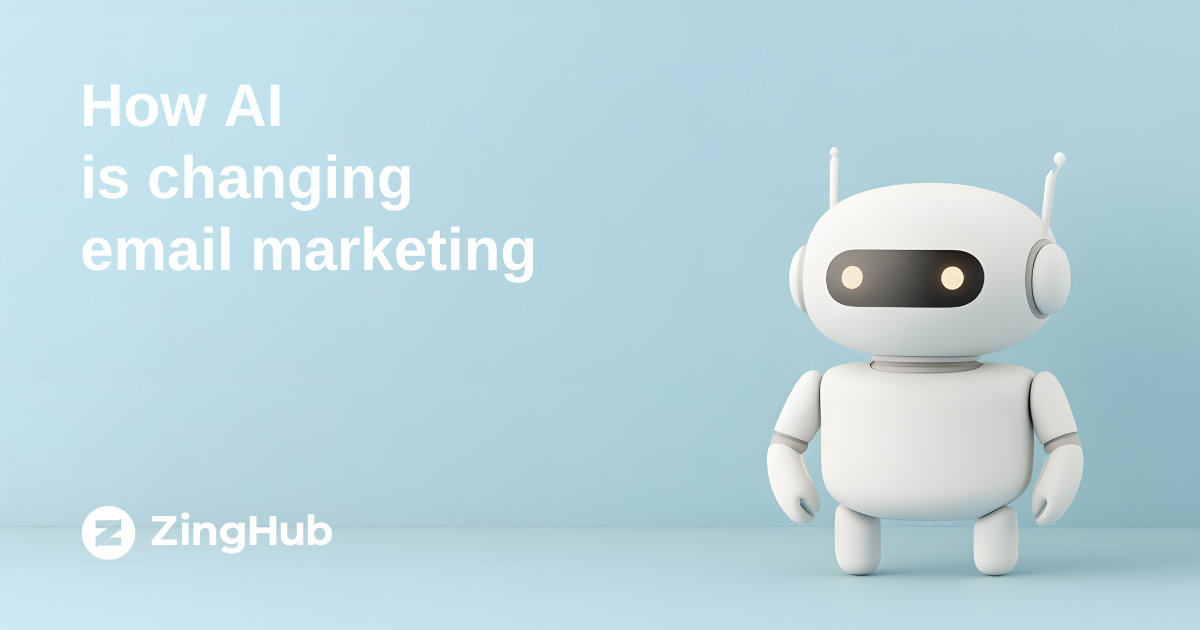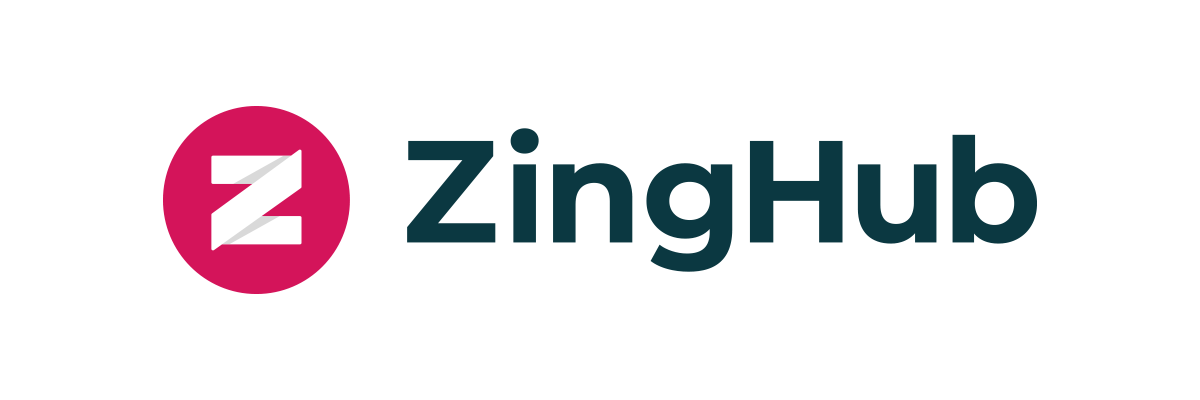
Key Highlights:
A good email strategy connects with your audience. It turns contacts into customers. Email marketing tools help manage this process. When you make an email software comparison, you see many options. Today, AI changes how these tools work. AI brings a new way to send effective emails.
AI makes email campaigns more precise. It goes beyond simple automation. AI analyzes data to create better, more targeted messages. It makes your outreach more personal.
AI systems tailor email content to each person. This process uses a combination of machine learning and natural language processing. The AI collects data about a user’s behavior, preferences, and interactions with your brand. It also uses contextual data like location and time of day.
This data is analyzed by algorithms that identify patterns and trends in user behavior. AI can dynamically adjust emails, subject lines, and calls to action to match a recipient's specific needs. For example, it can recommend products based on past purchases or browsing history.
This method improves open rates and click-throughs compared to generic emails. It creates messages that feel unique. This depth of personalization fosters a stronger connection with your audience.
Marketers want to send emails at the right time. AI analyzes user behavior to determine the ideal moment for each person. Instead of sending emails to everyone at a fixed time, AI-driven send time optimization predicts the precise moment each subscriber is ready for your email. It looks at historical data, like when a person has opened emails before. It also considers real-time signals, such as recent website activity.
This helps ensure your email arrives when the recipient is most likely to see it. It increases the chance of engagement. This method reduces inbox fatigue and improves deliverability, as receiving servers see that your emails are being opened. The AI constantly updates its predictions as user habits evolve.
Writing content for many different campaigns takes a lot of time. AI helps with this. It uses generative AI to produce subject lines, body text, and other content quickly and at scale. This automation makes creating campaigns faster. The AI can be prompted to create different variations of a message. It can generate copy for different audience segments.
This saves marketers a significant amount of time and effort. It allows them to produce high-quality content without the manual effort of writing each email from scratch. This helps maintain a consistent tone and voice across all communications.
AI also helps with content a-b testing, by generating different versions of an email automatically.
Traditional segmentation relies on basic data. AI creates more refined audience segments. It groups people based on specific behaviors and interests. AI-driven segmentation analyzes multiple data points to create more specific groups. It tracks on-site behavior, email engagement, and purchase frequency. This ensures your message goes to a highly relevant group. AI constantly updates these segments as behavior changes.
This dynamic process moves people between segments based on their actions in real-time. It moves brands from reactive campaigns to proactive engagement. This method ensures your communication is always relevant to a person's current interests. It helps you send the right message to the right person at the right time.
AI analyzes large amounts of data. It predicts what customers might do next. Predictive analytics uses historical data to forecast future customer behavior. This helps marketers plan campaigns that anticipate customer needs. This proactive approach improves campaign results. AI can predict which subscribers are most likely to convert. It can forecast a person’s potential customer lifetime value.
It can also identify subscribers who are at risk of leaving. This helps marketers plan effective retention campaigns. Predictive analytics also helps with lead scoring, identifying which leads are most likely to become paying customers. This gives sales teams the information they need to focus on the best opportunities.
Choosing an email marketing tool requires careful thought. When you make an email software comparison, look at its AI features.
Does it offer personalized content?
Does it optimize send times?
Does it help with automation?
Does it provide helpful analytics?
AI transforms email campaign tools into strategic communication systems. This new approach automates tasks. It makes communication more effective. It frees marketers to focus on strategy and creativity. A strong marketing automation guide will show you how to use these new AI functions.
When you choose email marketing software, consider these AI-driven changes. This will help you select a tool that delivers strong results for your business.

With a focus on cold email, ZingHub combines AI personalization, campaign management, and built-in sendability in one platform. Unlike multi-channel platforms, ZingHub focuses on making cold email exceptionally effective. Its attention to deliverability ensures your messages reach the inbox, a key advantage over tools that only help with content.
ZingHub is designed to handle the nuances of personalized, one-to-one communication and the technical requirements needed to avoid spam filters.
AI-Powered Outreach that Starts Real Conversations. ZingHub.